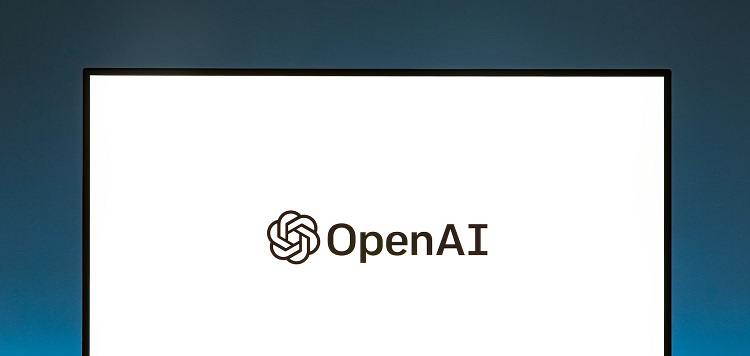Machine learning has been one of the most talked-about topics in recent years, with a significant increase in popularity in recent months. OpenAI is one of the major players in this field and has been at the forefront of creating complex machine learning models. In this article, we will explore the low-level foundation of these models, specifically artificial neural networks (ANNs). Understanding this foundation is crucial to grasp the complexity of the models created by OpenAI.
What is Machine Learning?
Machine Learning, quite simply, is the ability of computers to learn from data without explicit instructions from a programmer. A program that can learn from data is a Machine Learning program. There are two main types of Machine Learning: supervised learning and unsupervised learning. Supervised learning is the most popular paradigm in Machine Learning and is the foundation of many recent innovations in AI.
In supervised learning, the model is provided with labeled data, which allows it to learn by example. The goal of the model is to map input data to expected output data. The model is trained on input/output pairs and learns to generalize to new, unseen input data. For example, given an image, a model trained in supervised learning can recognize the objects present in the image.
Machine learning models
There are plenty of machine learning algorithms, which in this field are also called “models”. The choice of model depends on the specific problem being solved. The model at the heart of the latest innovations mentioned at the beginning of this article is the artificial neural network (ANN). ANNs are particularly good at solving complex tasks such as natural language processing, image recognition, and speech recognition.
What is an Artificial Neural Network?
The artificial neural network (ANN) is a computational model inspired by our brains. ANNs consist of one or more layers of interconnected nodes or neurons. A neuron receives input from other neurons, performs a calculation on that input, and then produces an output signal. The output signal is passed on to the next layer of neurons where the process is repeated.
The foundation of an ANN is the perceptron, which is basically a simplified version of a single brain neuron. A perceptron takes multiple inputs, applies a weighted sum, and then applies an activation function to produce a single output. The activation function determines whether the output signal is transmitted or not. The perceptron can be used in simple decision-making tasks.
ANNs and Complex Models
By combining multiple neurons in subsequent layers, ANNs can be composed to create very complex models. The ability of ANNs to learn and generalize from examples is what makes them particularly effective in solving complex supervised learning problems. The resulting models can predict desired targets with great accuracy. ANNs can be trained using many supervised learning techniques, such as backpropagation.
Making Machine Learning Accessible
Understanding the basics of Machine Learning and ANNs can make it more fun and less intimidating. OpenAI has made significant contributions to the field and made it easier for people to access the tools for creating machine learning models. OpenAI has developed GPT-3, which allows users to generate human-like text with just a few input prompts. Having access to powerful tools like this means that more people can participate and contribute to the advancements in the field.
The foundation of OpenAI’s machine learning models is artificial neural networks (ANNs). Understanding ANNs is crucial to comprehend how these models work and the sophistication behind them. ANNs are an exciting area of research with a broad range of applications, from speech recognition to natural language processing (NLP). OpenAI’s contributions have made it easier and more accessible for everyone to participate in the advancement of the field. Now that you have a glimpse of the low-level foundation of the complex models from OpenAI, you can spread the word!

